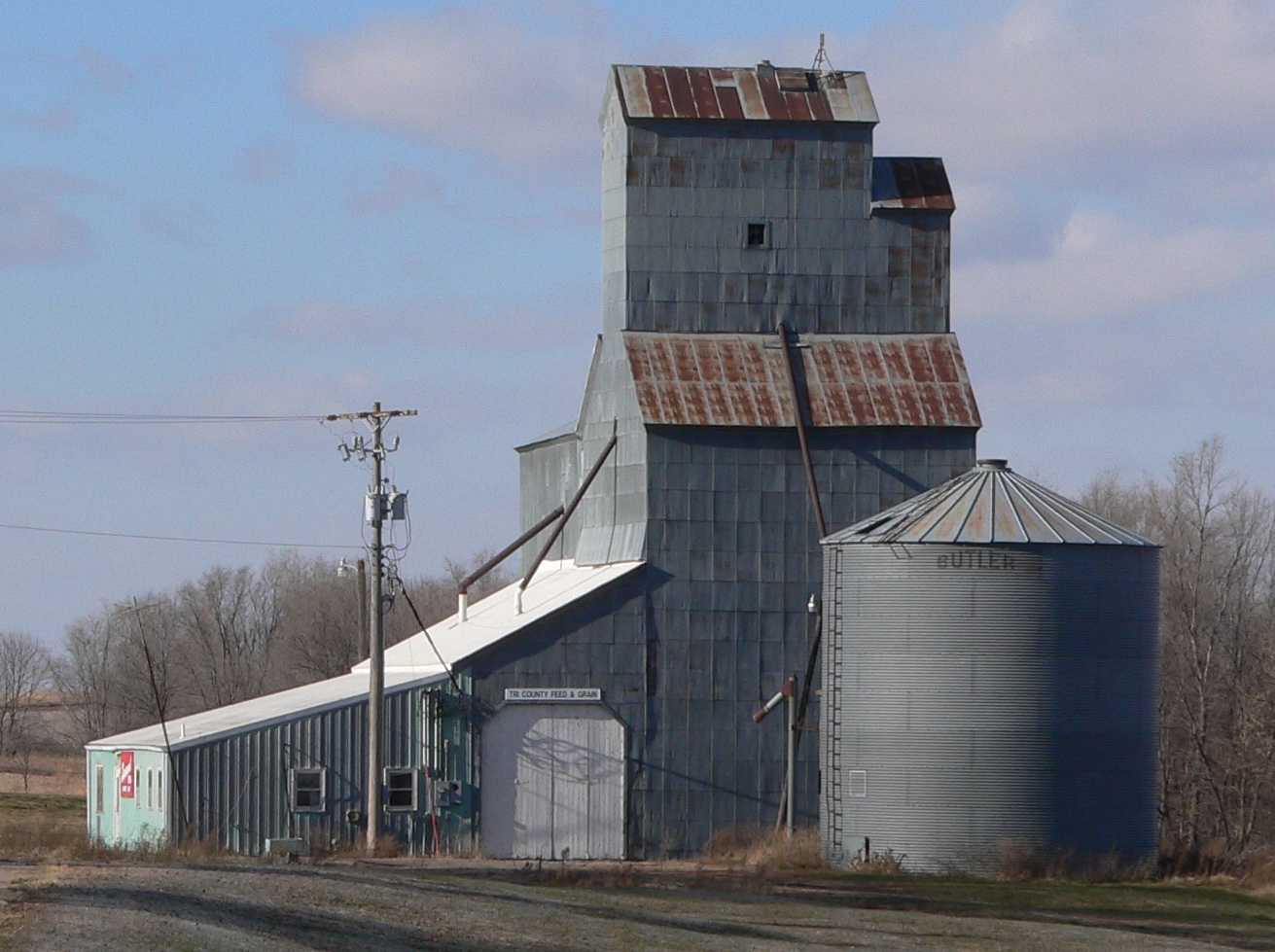 In the years that I have practiced workers’ compensation law, I’ve represented a lot of clients who have been hurt in grain-elevator incidents, including workers who were victims of elevator explosions, falls, pinch injuries resulting in amputation, and grain suffocation. It seems like the same issues arise over and over.
In the years that I have practiced workers’ compensation law, I’ve represented a lot of clients who have been hurt in grain-elevator incidents, including workers who were victims of elevator explosions, falls, pinch injuries resulting in amputation, and grain suffocation. It seems like the same issues arise over and over.
Dealing with these seemingly perpetual incidents is one of many reasons that “OSHA … has made Nebraska grain elevators an ‘industry of local emphasis,’” according to this important article in the Omaha World Herald, written by Russell Hubbard, that I think had a lot of really interesting points.
There are dangers prevalent in the industry that include “confined spaces, combustible grain dust and slip-and-fall hazards” the story said. But the human toll is worse than considering just the dangerous scenarios. According to what Bonita Winningham, OSHA’s area director for Nebraska told the World Herald, “there has been at least one fatal engulfment each year in Nebraska going back many years; there have been three explosions this year that have burned workers.”
Often workers aren’t trained on lack the proper safety equipment for walking on stored grain, and they think they’re safe, or other safety lapses happen. And then tragedy strikes, and it’s not overly dramatic to say that this kind of setup can be really tragic for workers and their loved ones.
“It takes five seconds to be engulfed by flowing grain and 60 seconds to suffocate,” Winningham said in the story. “Our ultimate goal is for no one to ever walk on the grain, but if they do, we want them in safety harnesses and with an observer present.”
The industry’s anti-safety rhetoric and attitude can be summed up in the following example.
Quite recently, OSHA came out with a news release that cited the Talmage, Neb., elevator owned by Farmers Cooperative Co. with fines of only $22,800 based on nine serious safety violations that were discovered “after a worker was fatally injured Jan. 29,” according to OSHA, when a truck backed over Mr. Roger Teten at the grain elevator. However, I actually saw the story from the company in the Lincoln Journal Star newspaper, and they seemed defiant in their response to the citation. “Jim Luers of Lincoln, the elevator’s attorney, said the elevator will contest the penalty and the citations,” according to the story.
This was after the OSHA finding; the company wasn’t exactly cooperative with OSHA’s investigation, according to what I read in stories. From the Omaha World Herald article, “The elevator’s managers, OSHA said in court papers, refused to answer questions unrelated to the worker fatality, with their lawyer calling the inquiries a ‘fishing expedition’ designed to find violations under the guise of investigating the death.”
I find this attitude and response to the OSHA citations and fines troubling and all too common. Because if a workplace is safe, why would someone be concerned with an OSHA investigation, especially after a fatality? Besides the obvious that if a workplace was safe, there hopefully wouldn’t be a fatality in the first place. It seems to me that OSHA looking for violations should be a natural response to a worker’s death and part of the investigation itself, and not really considered a “fishing expedition” by anyone concerned for worker safety.
But I took heart from what Winningham (OSHA’s top official in Nebraska) said – that “resistance is unwise” and also that the National Grain and Feed Association just finished its annual conference in Omaha on new facility design.
“We will always investigate fatalities and catastrophes,” Winningham said in the World Herald article. “We can request the production of documents and information, and if an employer refuses, we can get a judge’s order.”
“It has happened before, she said. In just the past year, an employer in Nebraska refused to comply with OSHA inquiries. The responsible person spent five days in jail after being held in contempt of court before finally agreeing to comply, Winningham said.”
Even with its shortcomings, I am glad that OSHA is there to prod and pull and industry to increased safety for workers, even if individual actors in the industry, are resistant to providing a safer workplace for its employees.


